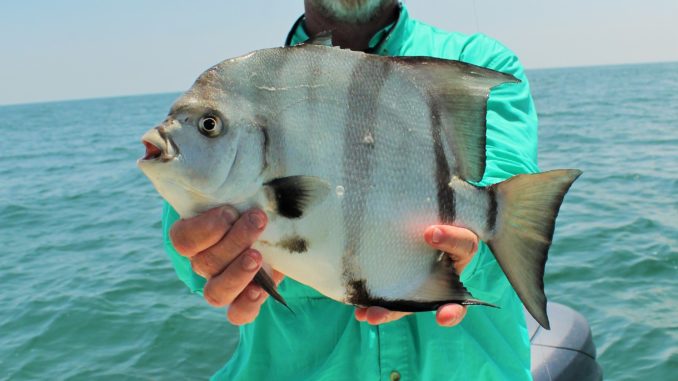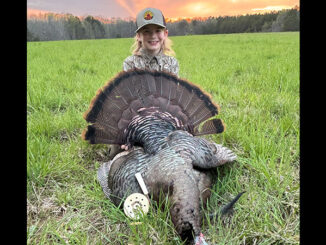
Reading the water is important when fishing nearshore. Although many reefs are inside of 20 miles, that is still quite a way to get home should the weather turn sour suddenly.
The National Oceanic Atmospheric Administration (NOAA) offers up-to-date ocean information around the clock.
“I won’t go out if the swells are over 4 feet and the intervals are less than twice that number.” McCarley said, explaining that the timing between the swells must be twice the height of the waves — if the swell is 2 feet, the interval between them must be at least 4 seconds.
For spadefish, the more calm the water, the better, so swells of less than 1 foot and long intervals will always produce the best fishing.
Other species are not quite as impacted by the rougher water but anglers need to be careful when heading out and make sure they have a working radio, cell phone and other safety items. Check the S.C. Department of Natural Resources guidelines guidelines of what safety items are necessary when heading off the beach.





Be the first to comment